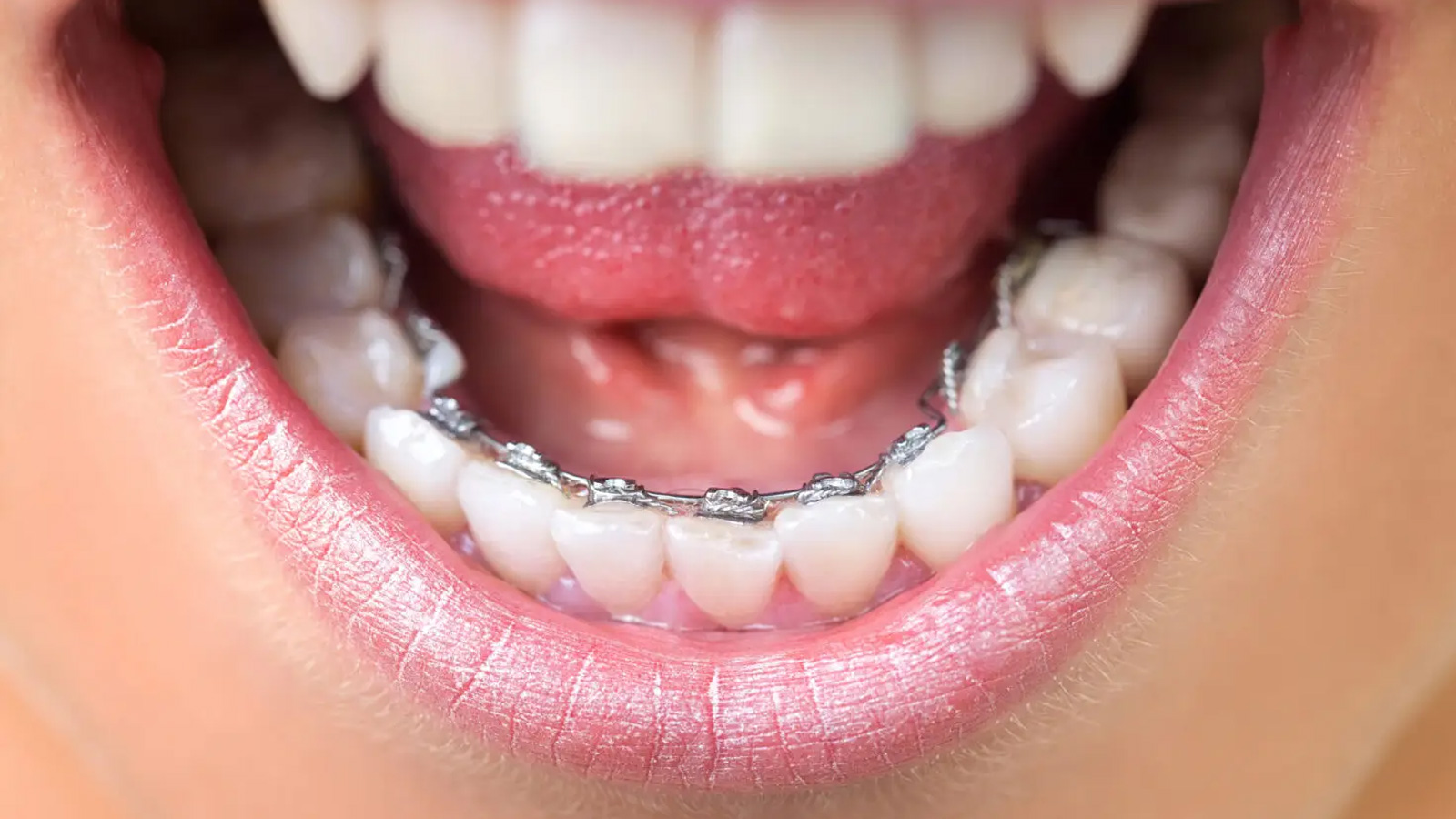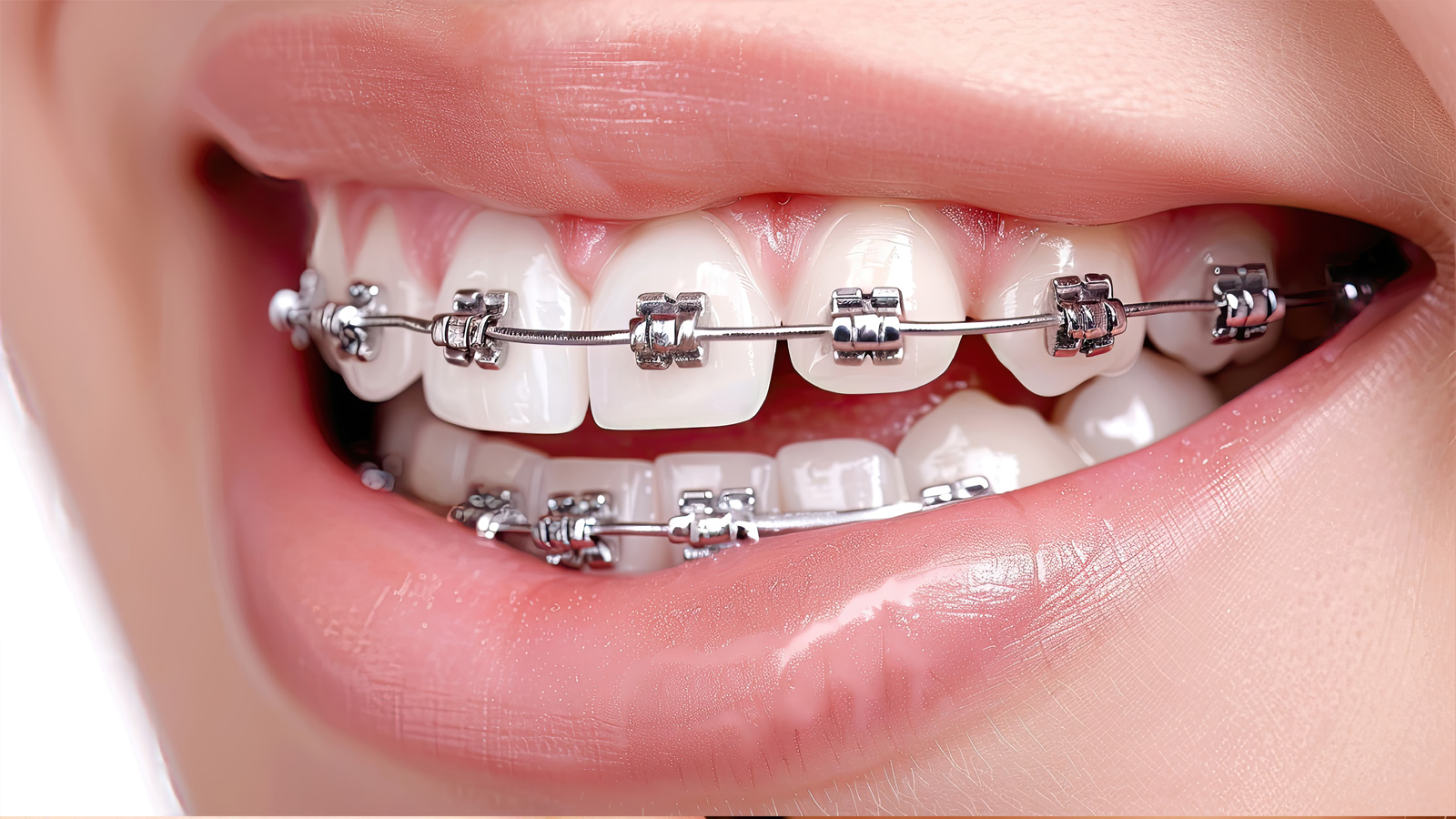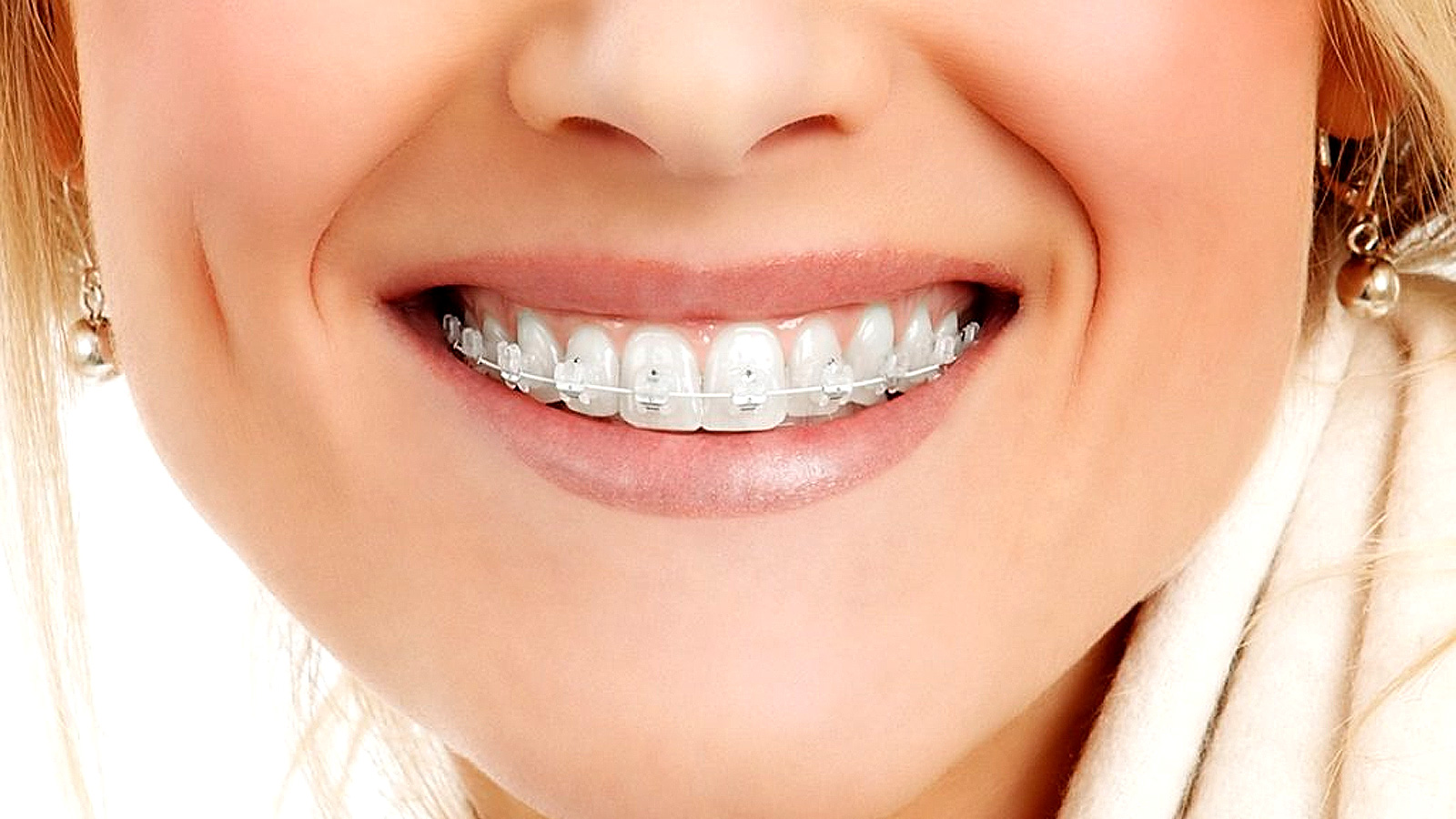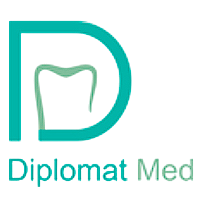Orthodontics in Chișinău: modern methods of correcting
bite and smile aesthetics

Orthodontics and health: why bite correction matters
An incorrect bite is not just a cosmetic issue, it affects the health of the entire oral cavity and the body as a whole. When teeth are misaligned, the risk of caries, gum disease, pathological enamel wear and overload of individual teeth increases. However, modern research shows that the consequences of malocclusion extend far beyond dentistry.
A 2024 systematic review identified statistically significant associations between malocclusion in children and postural disorders, head position, body weight distribution and gait parameters (ResearchGate). Similar findings are confirmed by other clinical studies: temporomandibular joint dysfunctions and malocclusion can be linked to changes in the musculoskeletal system, including spinal curvature, cervical lordosis and balance disorders (MDPI).
Thus, orthodontics is not only the path to a beautiful smile but also to preserving the harmony of the whole body. Bite correction helps restore dental aesthetics, normalize chewing function and reduce the risk of chronic musculoskeletal disorders.
Classification of braces by installation type
Vestibular braces
This is the classic and most common system, in which brackets are fixed to the outer surface of the teeth. Their advantages include high efficiency, predictable results and relative affordability. However, the aesthetic factor remains a drawback: braces are visible when smiling and speaking.
Lingual braces
These braces are fixed to the inner side of the teeth and are virtually invisible to others.

They provide a high aesthetic outcome, which is particularly important for adult patients. Disadvantages include higher cost, more difficult maintenance and possible speech disturbances at the initial stages of treatment.
Self-ligating (ligature-free) braces
Modern constructions that do not require additional rubber bands or metal ligatures.

Thanks to special locking mechanisms, friction is reduced, teeth move faster, and discomfort during treatment is lower. At the same time, the cost is higher than traditional systems, but patients value the comfort and shorter treatment duration.
Classification of braces by material
Metal braces
Made of medical steel or nickel-titanium alloys. They are highly durable and effective, often used for complex bite anomalies. Their disadvantage is visibility and possible allergic reactions in sensitive patients.
Ceramic braces
Made from durable ceramic, whose color is close to tooth enamel. This makes them barely noticeable, which is why they are popular among adult patients. Their drawbacks include higher cost and greater fragility compared to metal.
Sapphire braces
Created from artificial sapphires, completely transparent and almost invisible on the teeth.

They stand out for their high aesthetics, but treatment takes longer, and the cost is higher than ceramic and metal alternatives.
Combined braces
Combine different materials: metal arches and ceramic or sapphire brackets. This solution provides both strength and aesthetics, but requires more careful maintenance and regular visits to the orthodontist.
Advantages and disadvantages of different systems
Vestibular braces are easy to install and provide quick results, but are visible when smiling. Lingual systems are invisible but require adaptation and more complex care. Self-ligating braces speed up treatment and improve comfort, but are more expensive.
Metal braces provide strength and reliability but may cause aesthetic discomfort. Ceramic and sapphire braces are more aesthetic but require careful handling and longer treatment times. Combined braces balance aesthetics and durability, but their installation and maintenance require more orthodontic expertise.
Statistics and scientific data
According to the European Orthodontic Society (EOS), about 35–40% of adolescents and young adults in Europe undergo orthodontic treatment with braces (European Orthodontic Society, 2022). In the CIS countries, this figure is lower but shows a growing trend, especially in large cities.
Studies show that the use of modern braces significantly improves patients’ quality of life. “According to a systematic review and meta-analysis published in the American Journal of Orthodontics and Dentofacial Orthopedics and Journal of Orthodontics Research (2020), most adult patients after orthodontic treatment report improved quality of life, greater confidence and reduced discomfort associated with smiling and chewing function.”
Why choose Diplomat Med Center?
At Diplomat Med Center we offer modern solutions in orthodontics — from classic metal braces to aesthetic sapphire and innovative self-ligating systems. We use advanced digital diagnostic technologies, including panoramic X-ray and radiography, to ensure accuracy and predictable results.
Before placing braces, we carry out full preparation: treatment of caries, elimination of gum inflammation, oral sanitation and professional teeth cleaning, тeeth whitening. This comprehensive approach creates a reliable foundation for long-term results.
Diplomat Med Center means individual approach, modern equipment and experienced orthodontists who will help not only correct your bite but also restore the harmony of your overall health. We do everything to make your smile beautiful and to help you feel confident.
